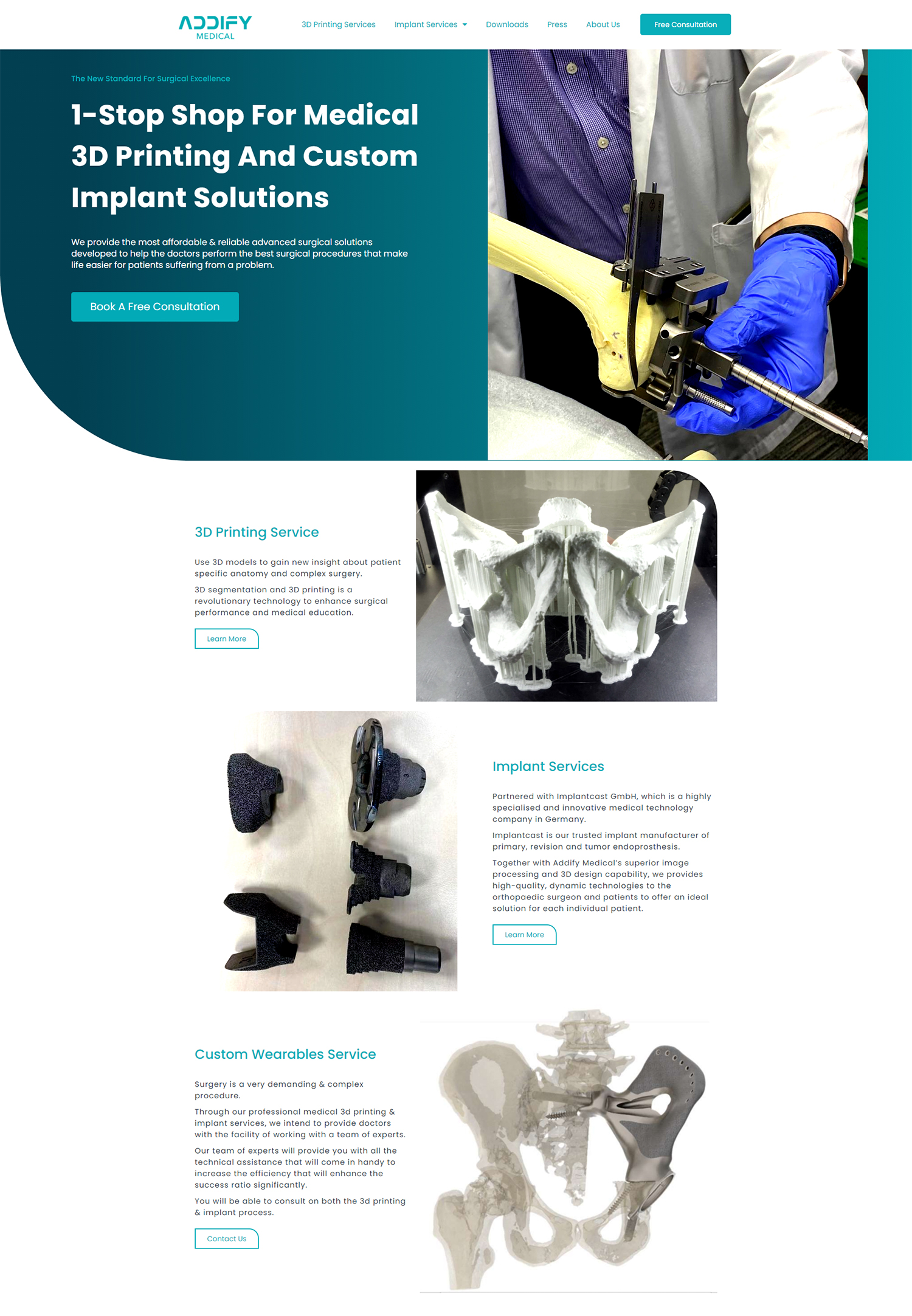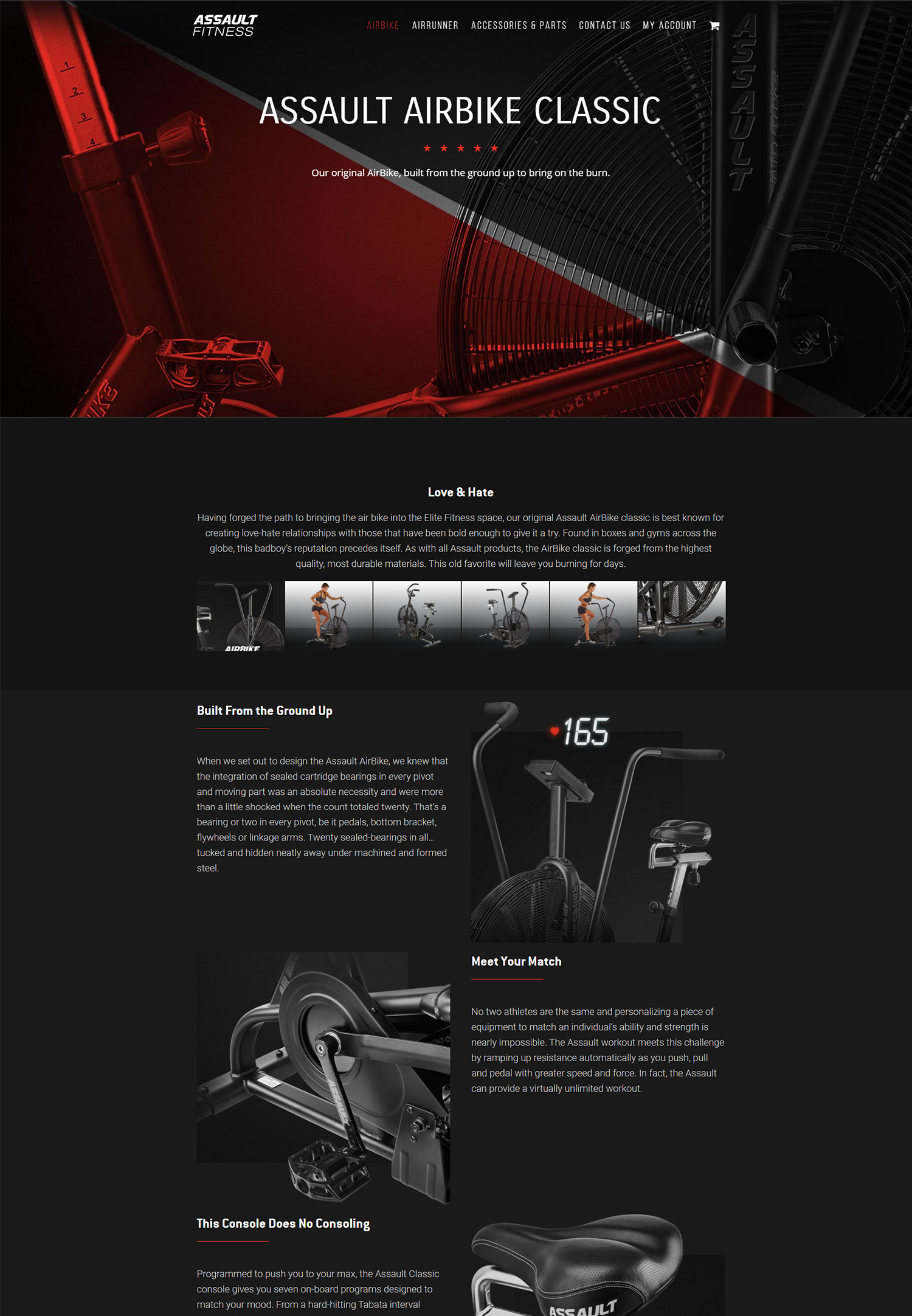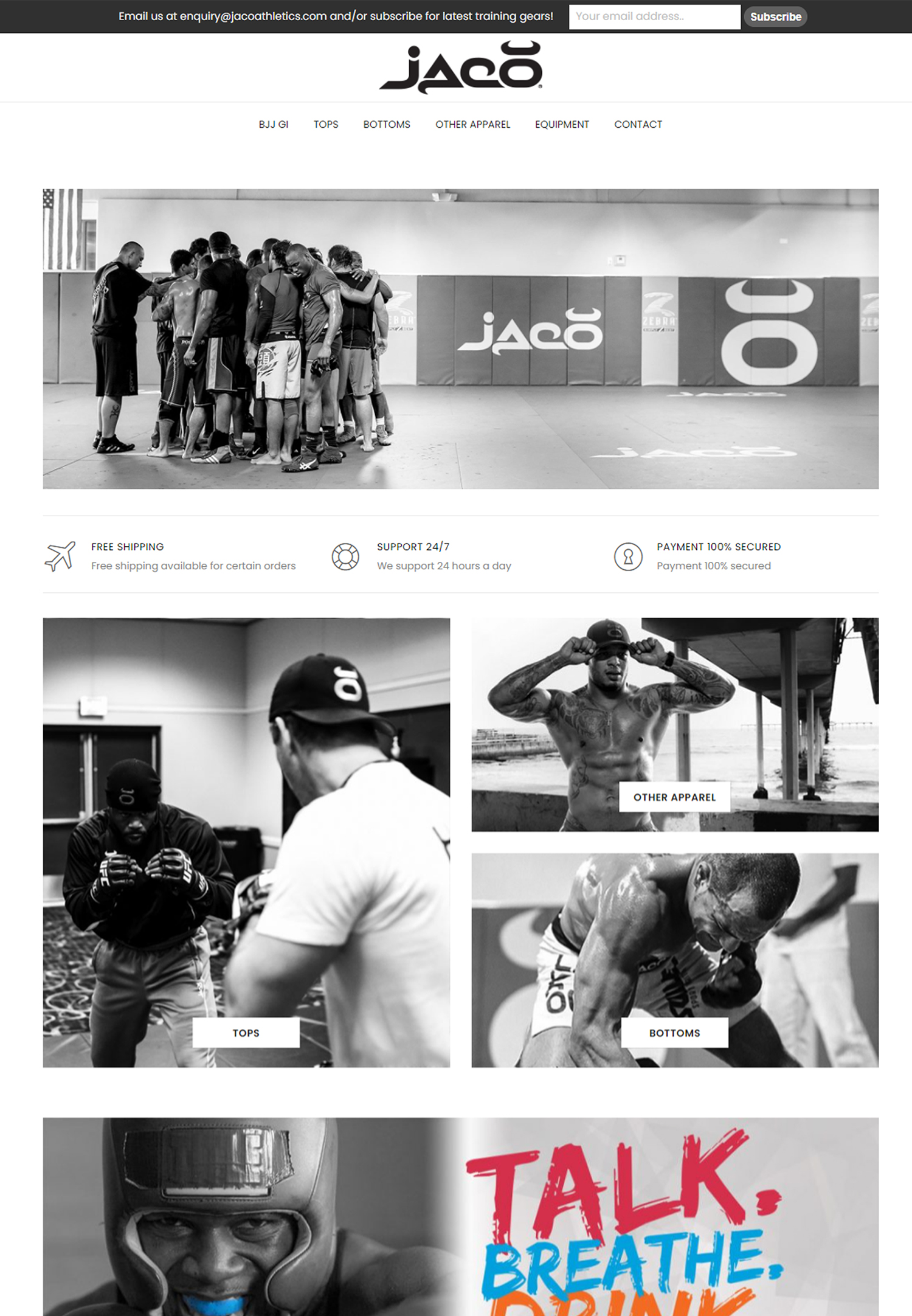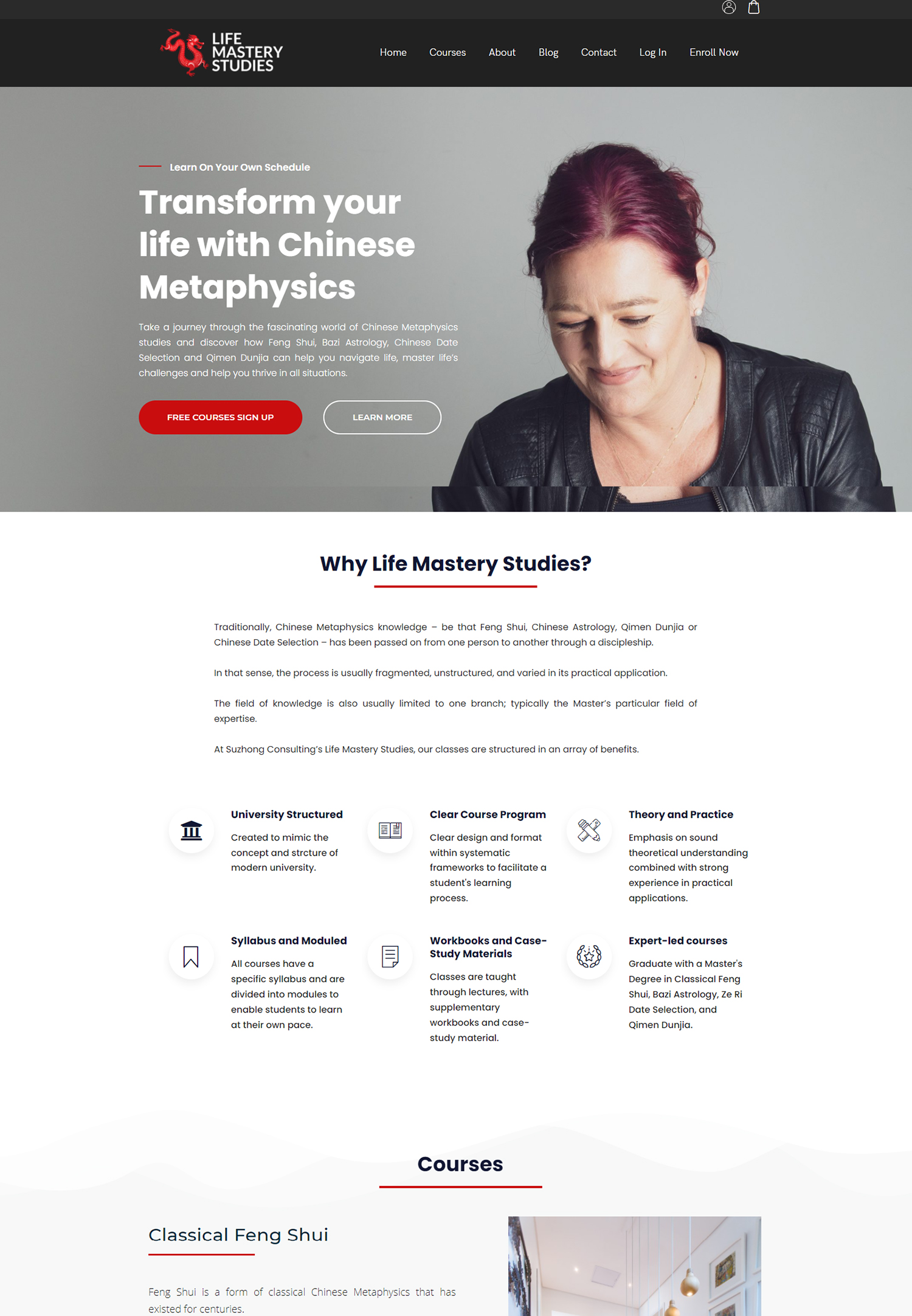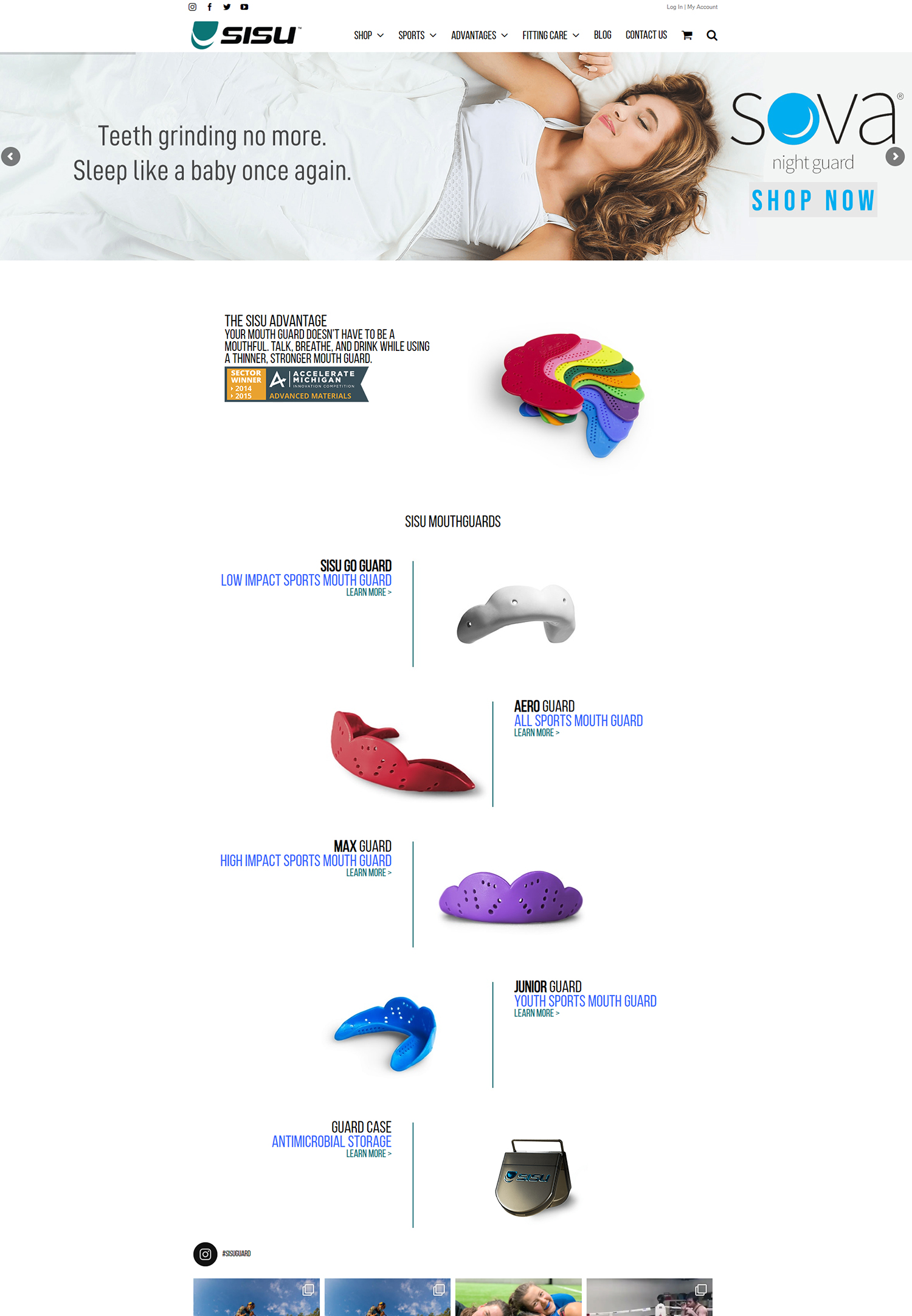Knowing Google Ads Bidding Strategies The success of any digital marketing campaign depends on knowing Google Ads bidding strategies. They directly affect ad performance & visibility by dictating the price an advertiser is willing to pay for clicks, impressions, or conversions. A bidding strategy’s primary function is to ascertain how much an advertiser is prepared to spend on their ads. Numerous bidding strategies are available in Google Ads, each of which is customized to meet specific campaign objectives like increasing clicks, conversions, or return on ad spend (ROAS).
Key Takeaways
- Understanding different bidding strategies in Google Ads is crucial for successful campaign management.
- Choosing the right bidding strategy depends on campaign goals, budget, and target audience.
- Setting up budget optimization in Google Ads can help maximize the impact of your ad spend.
- Implementing automated bidding strategies can save time and improve campaign performance.
- Manual bidding strategies offer greater control and flexibility for experienced advertisers.
For marketers looking to maximize their ad spend and accomplish their goals, it is essential to comprehend these tactics. The two main categories of bidding tactics are automated and manual methods. Advertisers can set separate bids for each keyword or ad group using manual bidding, giving them fine-grained control over their spending.
This approach works especially well for campaigns with clear objectives or niche markets where accurate targeting is crucial. In contrast, automated bidding strategies use machine learning algorithms to optimize bids in real-time according to a number of variables, including the time of day, device type, and user behavior. This method frequently results in better performance and can save time, particularly for larger campaigns with a large number of keywords & ad groups. Choosing the Best Bidding Strategy for Your Campaign Choosing the best bidding strategy is essential to coordinating your advertising budget with your campaign’s goals.
Whether you want to increase website traffic, generate leads, or boost sales, the decision is mostly based on your individual objectives. For example, a strategy like Maximize Clicks might be perfect if increasing website traffic is your main goal. Campaigns looking to raise brand awareness or draw in visitors can benefit from this automated bidding option, which focuses on obtaining as many clicks as possible within your budget. On the other hand, you may want to use Target ROAS or Target CPA (Cost Per Acquisition) strategies if your objective is to increase sales or conversions. Target ROAS focuses on optimizing revenue based on a desired return on ad spend, whereas Target CPA lets you specify a price you are willing to pay for each conversion. These tactics make use of Google’s machine learning capabilities to dynamically modify bids, guaranteeing that your budget is effectively distributed in support of reaching your conversion objectives.
Your campaigns’ efficacy can be greatly impacted by your comprehension of these subtleties. Setting Up Google Ads Budget optimization in Google Ads is the process of distributing your advertising budget in a way that maximizes returns and minimizes waste. Establishing your overall budget in accordance with your marketing goals and the resources at your disposal is the first stage in this process.
To help you make informed budget decisions, it is crucial to examine historical data and performance metrics from prior campaigns. For instance, investing a larger percentage of your budget in ad groups or keywords that have continuously produced high conversion rates can improve your results. Setting daily budgetary constraints for every campaign is essential after you have decided on your spending plan. You can control how much you are willing to spend on each campaign each day by setting daily budgets in Google Ads. This feature makes sure that your budget lasts the entire month and helps avoid overspending.
If you oversee several campaigns with comparable objectives, you should also think about utilizing shared budgets. By using this method, Google Ads can optimize overall spending & improve campaign efficacy by dynamically allocating funds across campaigns based on performance. Using Automated Bidding Techniques Automated bidding techniques have become more and more popular because they make bidding easier & use sophisticated algorithms to achieve the best results. For advertisers who might lack the time or experience to manually manage bids, these tactics are especially helpful.
Maximize Conversions, Target CPA, and Enhanced CPC (Cost Per Click) are some of the automated bidding choices available in Google Ads. Machine learning is used in each of these tactics to evaluate enormous volumes of data and modify bids in real time according to a number of variables. For example, Maximize Conversions automatically modifies bids according to the likelihood of conversion at any given time in order to maximize conversions within your designated budget. For advertisers who want to boost conversion volume without having to make frequent manual adjustments, this approach works especially well. In contrast, enhanced CPC enables advertisers to specify a maximum bid, which Google modifies in real-time according to the probability of a conversion.
This hybrid strategy offers many advertisers a well-rounded solution by fusing aspects of automated optimization and manual control. Advertisers who want more control over their campaigns can still benefit from manual bidding techniques, even though automated bidding strategies are more convenient and effective. Marketers can establish separate bids for every keyword or ad group using manual bidding, depending on their own performance metrics and corporate goals. In highly competitive markets, where certain keywords might need higher bids to stay visible, this degree of control can be especially helpful.
Using keyword performance data to determine bids is a popular manual bidding technique. For instance, an advertiser may decide to raise bids for high-converting keywords while lowering bids for keywords that are producing low conversion rates but a high click-through rate (CTR). This strategy can result in more accurate budget allocation & better campaign performance overall, but it also necessitates constant monitoring and analysis. Also, by modifying bids as necessary, manual bidding enables advertisers to react swiftly to changes in the market or in customer behavior. For a Google Ads campaign to be successful, bids must be continuously monitored & adjusted for optimal performance.
The landscape of digital advertising is ever-changing, & elements like competition, seasonality, and shifts in consumer behavior can have a big impact on how well ads perform. Through consistent evaluation of key performance indicators (KPIs), such as cost per conversion, conversion rate, and click-through rate (CTR), advertisers can spot patterns and make well-informed bid adjustments. For example, if a certain keyword sees a spike in traffic during a certain time of year or occasion, raising the bid for that keyword can help take advantage of the heightened interest and increase conversions. It might be wise to reduce bids or pause certain keywords entirely, on the other hand, if they are not performing well even with significant expenditure. Advertisers can further optimize campaign performance by adjusting bids based on location, device type, and time of day by using tools like Google Ads’ Bid Adjustments feature.
Target CPA & Target ROAS Bidding Strategies Leveraging these two potent automated bidding techniques can greatly improve campaign performance when applied correctly. At a fixed cost per acquisition, the goal of Target CPA is to increase conversions. Setting a target CPA that is in line with your company’s objectives will allow Google’s algorithms to automatically modify bids in real-time to optimize conversions while adhering to your predetermined budgetary constraints.
Target ROAS, however, adopts a different strategy by emphasizing revenue generation as opposed to merely conversions. The percentage return on ad spend that advertisers hope to attain from their campaigns is a target. Google will adjust bids to make sure that every dollar spent results in $4 in revenue, for instance, if an advertiser wants to achieve a 400 percent ROAS.
For e-commerce companies trying to optimize profitability while efficiently controlling advertising expenses, this approach is especially advantageous. For both strategies to set realistic goals, historical data and performance metrics must be carefully considered. For advertisers to set attainable CPA and ROAS targets, historical conversion rates and average order values should be examined.
Reviewing performance in relation to these goals on a regular basis enables continuous optimization & necessary modifications. Advice for Effective Budget Optimization in Google Ads Effective budget optimization in Google Ads necessitates a blend of continuous analysis & strategic planning. One good strategy is to focus more of your budget on campaigns that are performing well and less on those that aren’t. With this strategy, resources are allocated to areas that produce the greatest outcomes.
Effective use of negative keywords is a crucial component of budget optimization. You can avoid wasting ad spend & increase the effectiveness of your campaign by locating and eliminating irrelevant search terms that bring up your ads but have low conversion rates. Finding these negative keywords & adjusting targeting tactics appropriately are made easier by routinely examining search term reports. Think about using A/B testing for landing pages and ad creatives as well.
You can find the combinations that work best for your audience and increase conversion rates by testing out various variations. Ad creatives can be continuously improved based on performance data to increase engagement and boost campaign efficacy. Last but not least, keeping up with market developments & shifts in consumer behavior can yield insightful information about ways to optimize spending. Advertisers can keep a competitive edge in their advertising campaigns by proactively adjusting their strategies through regular reviews of market dynamics and competitor activity.
If you are looking to improve your Google Ads performance, it is essential to also focus on finding the right keywords for your website. This article on finding keywords for your website can provide valuable insights on how to choose the most relevant and effective keywords for your ads. By combining strong bidding strategies with well-chosen keywords, you can optimize your budget and drive better results for your campaigns. Additionally, having a well-designed website, as discussed in this article on web design, can also contribute to improving your ad performance and overall online presence. Ultimately, the goal is to increase your website’s ranking and drive more sales, as highlighted in this article on ranking and sales.





